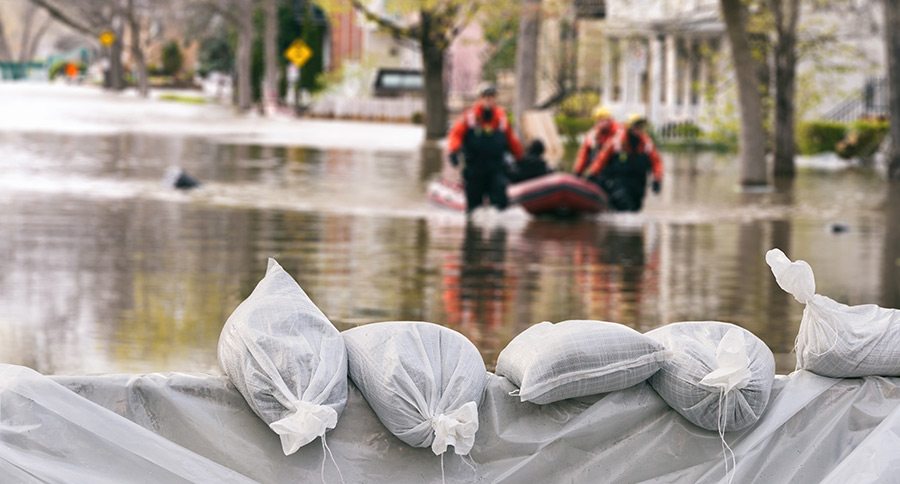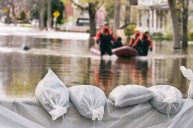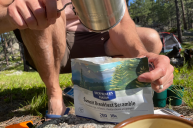Get your emergency food storage system figured out today. Tomorrow, you just might be glad you did.
Whether you're expecting Doomsday on the West Coast or live in Tornado Alley, smart precautionary food storage comes down to four basic steps. Here's how you can build the perfect prepper pantry without making it into a big chore.
STEP 1: Take the Walking Tour
Where are you going to keep this emergency food? You don't need tons of extra space, but you do need some, ideally in cool, dry place where moisture and pests can't readily get into it. Walk around and check your most-used cupboards, closets, and storage areas. What's in there right now? How much of it do you actually use? Chances are, you have a lot of extra kitchen and home supplies lying around that could find a better home somewhere less readily accessible, like the basement.
TIP: Be honest. Do you really use all your pots, pans, and kitchenware? Free up some prime prepper real estate and help fund your emergency food supply by selling seldom-used items.
STEP 2: Make a Great Inventory List the First Time Around
You will thank yourself for making the initial time investment of a good, simple chart hanging right there on your pantry door. Your inventory list should have a row for each item you already have, as well as each item you want to add in the future.
You should be keeping track of how much you have and when it expires, like this:
TIP: Your kids can help speed up this process, big time. Use a dry erase board and tell them what to put down as you go through your wares.
STEP 3: Ask Your Family What to Add to the List
Once you've cleared out the space and taken an inventory of what you have, the best advice on what to stock comes from your family. What will they actually eat? Show them some examples of good emergency food choices and complete your list together. You might be surprised how much fun they have brainstorming ideas.
Get started using this basic list of non-perishable foods that should have a place in any prepper's emergency supply:
- Peanut butter
- Dried beans
- Canned vegetables and fruit
- Canned meat
- Powdered milk
- Pasta & sauce
- Rice
- Oats
- Salt
- Coffee beans or instant coffee
- Hard candy (no harm in sweetening up a tough situation)
TIP: Most families can get this step done in less than an hour and a half. How about making it a dinner conversation?
STEP 4: Scout Out Those Deals
Although it can be a good idea to get a few core supplies stocked ASAP, there's no reason to rush into spending a fortune on a year's supply of food. Sales are seasonal, so be on the lookout for what's on sale and clearance year-round. Keep a sharp eye for coupons and you'll find that your emergency food supply builds itself.
TIP: You can save 10% on military MREs and emergency food for 30 days by activating a 30-day trial of the Sportsman's Guide Buyer's Club.





